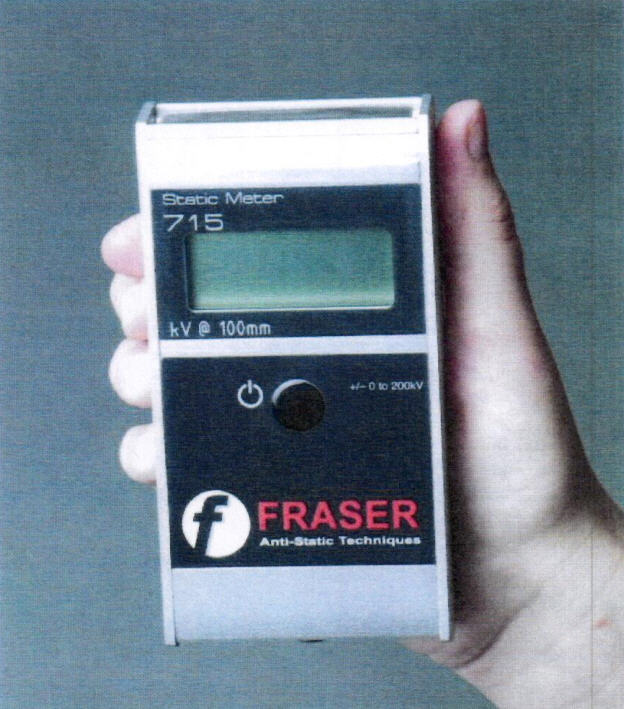715 Static Meter
Graphic & Printing Industry > Ink properties > Surface tension

715 STATIC METER
The 715 Static Meter has been developed to enable industrial engineers to investigate static electricity problems.
Its accuracy, stability and ease of use make it the leading instrument in its class.
ATEX version on request.